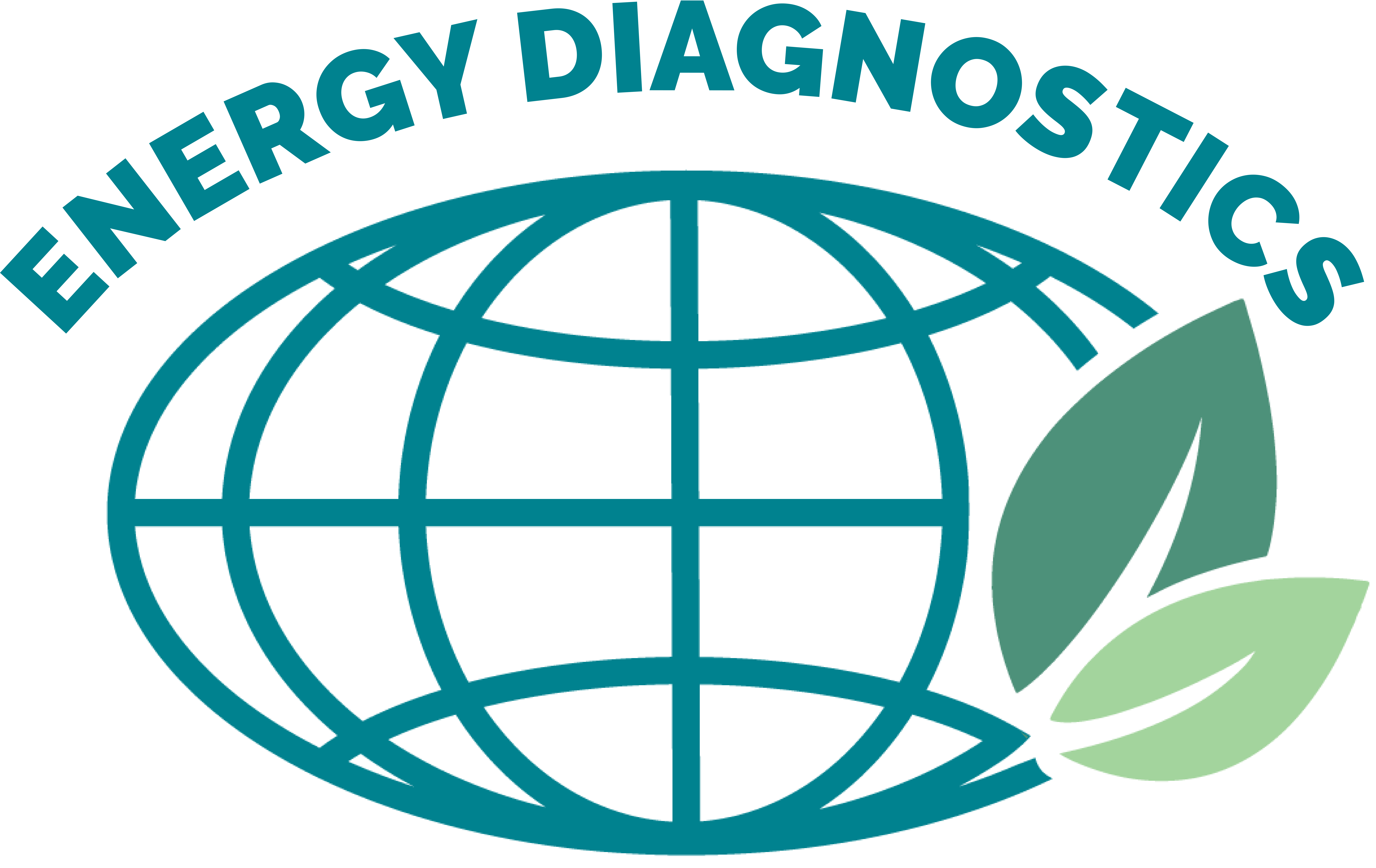On Tuesday, August 16, 2022, President Biden signed the Inflation Reduction Act extending the 45L tax credit with new provisions an opportunity for significant tax credits to builders of qualifying projects.
What Is The 45L Tax Credit?
The 45L tax credit incentivizes builders, developers, and contractors to design and construct energy-efficient homes. IRS Code Section 45L provides builders and developers with $2,000-$5,000 in tax credits for each qualifying housing unit built or remodeled to certain energy-saving specifications.
The Act also provides an even higher 45L tax credit of $5,000 for single-family and manufactured homes when they are certified as a DOE Zero Energy Ready Home (ZERH).
Originally having expired at the end of 2021, 45L tax credits have been retroactively extended for 2022 through the end of 2032, creating significant benefits for multifamily developers and homebuilders.
Starting in 2023, the maximum tax credit increases to $5,000 per dwelling unit for both single-family and multifamily developments. Additionally, the energy efficiency criteria change to align with Department of Energy programs for Energy Star and Zero Energy Ready Homes. As a result, all residential developments become eligible whereas prior, only low-rise residential developments were eligible.
What Projects Qualify For The 45L Tax Credit?
The credit benefits the qualified builder or developer, directly, and indirectly benefits future owners and occupants of the housing through lower energy bills. The home must be sold, leased, or rented out to qualify for the 45L tax credit.
To be eligible for a 45L energy-efficient home credit, a dwelling’s heating and cooling energy consumption should fall below certain national energy standards. Most new developments are already constructed with energy efficiency in mind based on current trends and desires by homeowners to run greener homes.
To qualify for the 45L tax credit, a dwelling unit must meet or exceed Energy Star 3.1 requirements.
Many types of residential projects qualify for the 45L tax credit, including:
- Single-family homes (custom & tract)
- Multi-family apartments and condominiums
- Additional Dwelling Units (ADUs)
- Assisted living facilities & student housing
- Substantial reconstruction or rehabilitation

Who Benefits From the 45L Tax Credit?
The credit benefits the qualified builder or developer, directly, and indirectly benefits future owners and occupants of the housing through lower energy bills. The home must be sold, leased, or rented out to qualify for the 45L tax credit.
The 45L tax credit encourages builders to use energy-efficient construction materials. Some energy-efficient materials cost more, but the tax credit combined with increased equity in the construction project and lower energy bills for occupants have long-term benefits. Housing that’s certified can be marketed as “green living” and attract residents who are seeking housing that’s friendly to the environment as well as their budget. Buyers of certified units will also see increased equity as well as environmental and budgetary benefits.
Unused 45L tax credits may be carried forward for up to 20 years by the builder or developer.
How Do I Claim The 45L Tax Credit?
To file for the 45L tax credit, you must first obtain the necessary certifications to verify that the property meets all the above-mentioned standards of energy efficiency. These certifications must be obtained from an independent and qualified certifier, making use of the latest, IRS-approved software.
The certified assessing the property must be accredited by the Residential Energy Services Network (RESNET) or a similar rating network. However, you cannot certify a property that belongs to you or to a relative of yours, even if you are an authorized and qualified certifier in your own right. You must hire an independent expert who is not related to you in any way and can conduct the verification in an impartial manner.
Don’t miss out on potentially significant tax credits for your energy-efficient home construction project! The 45L tax credit helps contractors and developers build energy-efficient housing that’s more marketable, holds more value, and shields future residents from rising energy prices.
Energy Diagnostics has an extensive staff of RESNET accredited certifiers and energy modelers prepared to perform on-site inspection and verification services to determine if your property qualifies for the 45L tax credit. Contact us today to see if your project qualifies for $2,000-$5,000 per unit in energy-efficient tax credits.
